Diwal, pasayan, and local oysters: A seafood trip of a lifetime in Roxas City, Capiz

Warning: the following article contains detailed text and images documenting the bountiful and delicious seafood that Roxas City in Capiz has to offer. Advanced apologies to people under strict diets, picky eaters, or meat lovers—because when visiting the seafood capital of the Philippines, this coastal city on the island of Panay, one cannot escape tasting the best of what the sea has to offer.
After my flight touched down at the Roxas City Airport before noon, an immediate item on my agenda was to eat lunch and get an early start to my Roxas City seafood experience. Checking in at the San Antonio Beach Resort, located along Baybay, allowed me convenient access to the numerous stalls and establishments serving sumptuous food by the seashore.
Lunch at BR’s Grill Seafood & Barbecue consisted of grilled bisugo (threadfin bream, P100/pc.), a plate of buttered scallops (P175), and Capiz’s famous diwal or angel wings (P175/order). What makes the seafood taste better in the province is their freshness; freshly caught in the early morning, then cooked just the way you want it by midday.
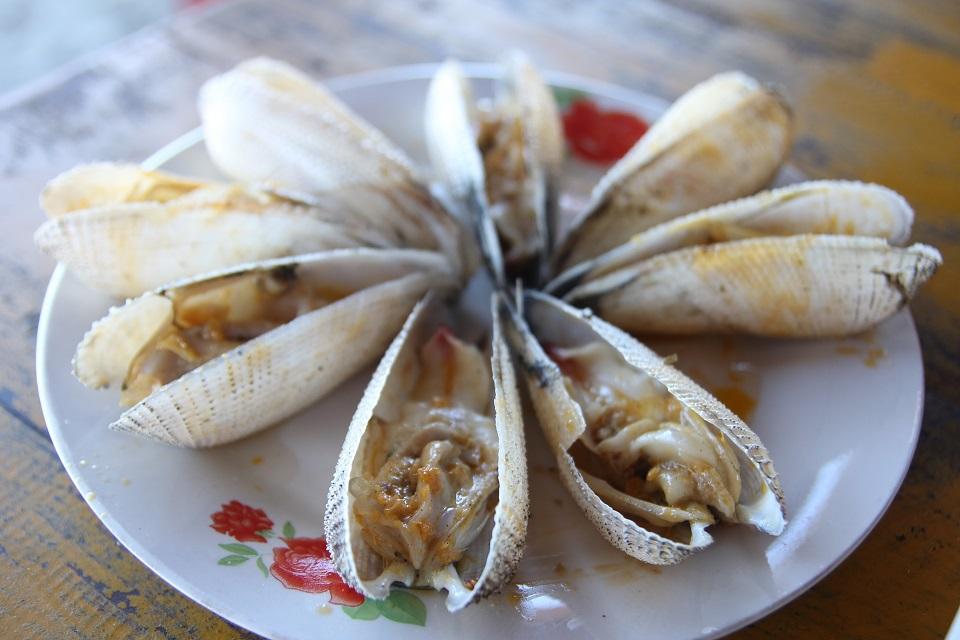
The bisugo was tender and flaky while both the scallops and diwal were still plump, juicy, and delicious. One really can’t help but to use hands when eating these dishes together with hot rice; after which, maybe when one is looking, you can lick your fingertips as a final gesture to the wonderful meal you just had.
What to do between lunch and dinner?
The painful reality after having one of the best lunches in my life was thinking of how to pass time until dinner time comes. Good thing that there are famous churches, landmarks, and attractions in the city proper to let time fly by.
From the Baybay part of the city, I boarded a tricycle to visit Sta. Monica Parish Church in neighboring municipality, Pan-ay. The half-hour, 11-plus kilometer trip costs P100 per way, and can be shared by up to six people in the specially designed Capiz-styled tricycle (two passengers inside the cabin, one behind the driver, one on a seat welded to the right fender, and two or more in the back).
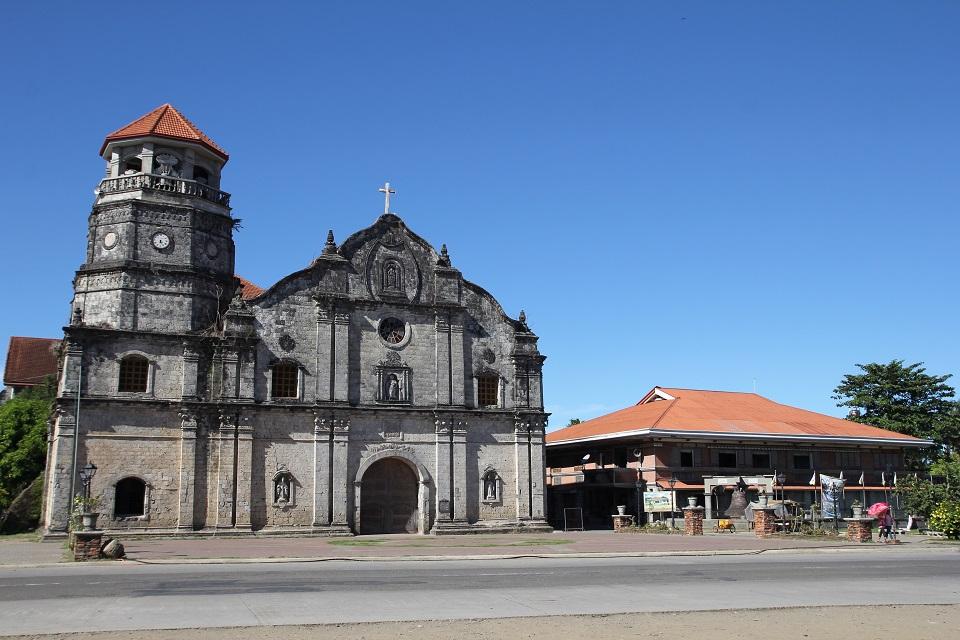
What’s intriguing and worth the trip to the Sta. Monica Parish Church, or Panay Church, is seeing the oldest church on the island housing the largest church bell in Asia and fifth biggest in the world. On a clear, early January day, the magnificent facade of the Panay Church was lighted softly by the afternoon sun, while the cloudless sky contrasted beautifully in the background.
There is a replica of the church bell in front of the parish church but to see the real thing meant asking for the official tour guide, and climbing the steep stairs atop the belfry. The breathtaking, 360-degree view of Panay island as well as seeing the centuries-old (1878) bell was well worth the four flights of stairs. Weighing 10.4 tons and cast from 70 sacks of gold and silver coins donated by the townsfolk, the bell measures seven feet in diameter and five feet in height.
The “largest bell in Asia” continues to function today, with a sound that can be heard from a radius of up to 10 kilometers. Touring the belfry is actually free of charge, and the parish personnel only asked that I made a donation for the maintenance and upkeep of the parish.
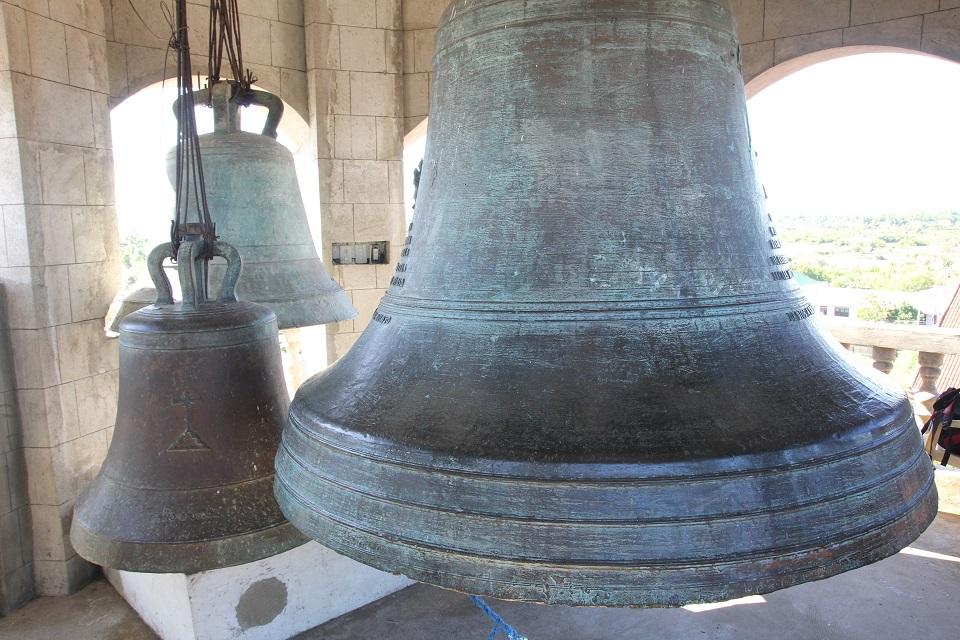
Another church worth of taking snaps and selfies with is the Immaculate Conception Metropolitan Cathedral back in Roxas City.
Located along Rizal Street, across the roundabout and Roxas City Fountain, the cathedral’s once blue-colored exteriors are now painted immaculate white. The day I stopped by happened to be during the week when the Feast of the Black Nazarene was being celebrated. Capiznons, unlike their Manila counterparts, celebrated the feast a day early (January 8), without much of the chaos and drama usually associated in the big city.
Aside from the Immaculate Conception Metropolitan Cathedral, other noteworthy buildings and landmarks in the vicinity include the Roxas City Hall, Capiz Provincial Capitol, Roxas City Bandstand, President Manuel A. Roxas’ ancestral house, and Ang Panublion (Roxas City Museum).
The latter, a Hiligaynon term meaning heritage, was a water tank that was converted in 1993 into a museum. Open Mondays to Saturdays, from 9:00 a.m. to 6:00 p.m., the museum is dedicated to preserving Capiz's past and present as well as chronicling the life of its most famous son, Manuel A. Roxas. Admission is free.
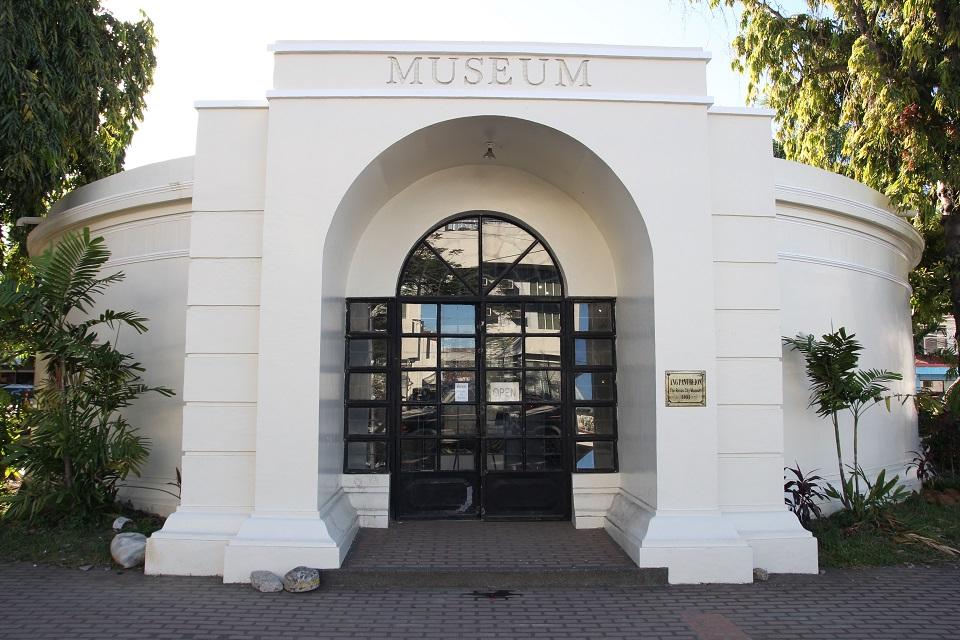
Back to Baybay for dinner
Hungry from the city tour, I headed back to the Baybay part of Roxas City for my first dinner consisting of a sizzling plate of tanigue (wahoo, P200), and grilled chicken (P90). The people manning Peska Grill at the Seafood Court at People’s Park Plaza mentioned that any meal would not be complete without hot soup, so a huge bowl of local clam broth with ginger (P60) accompanied my fish and poultry order.
Not wanting to get tired of eating just seafood, day two's meals focused on cheaper grilled meats and the region’s famous La Paz Batchoy. During the next two days, however, I was able to complete my Roxas City seafood bucket list (oysters, shrimps, and squid) on two separate meals.
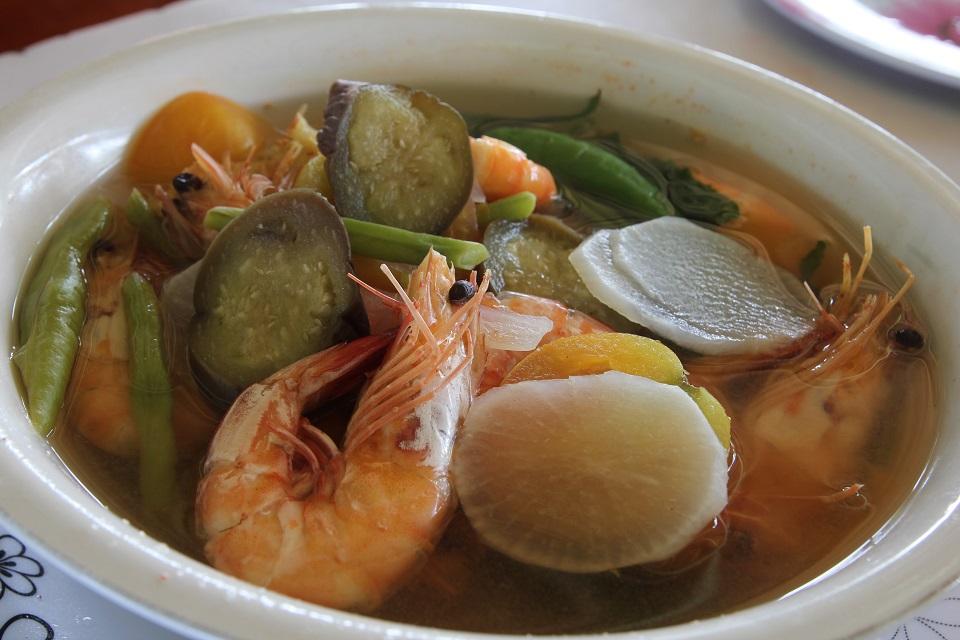
For Sunday lunch at Albason Ihaw-ihaw, I ordered sinigang na Pasayan (mid-sized shrimp, P275), lata or seaweed salad (P80), and the cheapest order of steamed oysters (P35) I have ever encountered. Between removing the shells of the shrimps and loosening the oyster, I just couldn’t imagine a better way of eating this dish (top). One’s hands are again the perfect tools.
On my last meal before I headed back to Manila, I passed by Coco Veranda to have my final Roxas City seafood fix: grilled stuffed squid (P168) and two sticks of pork barbecue (P90). As for taking a pasalubong box home filled with fresh seafood, it was either I did not know where to find the cheapest produce or I went to the public market (Tedoro Arcenas Trade Center) at the wrong time of the day.
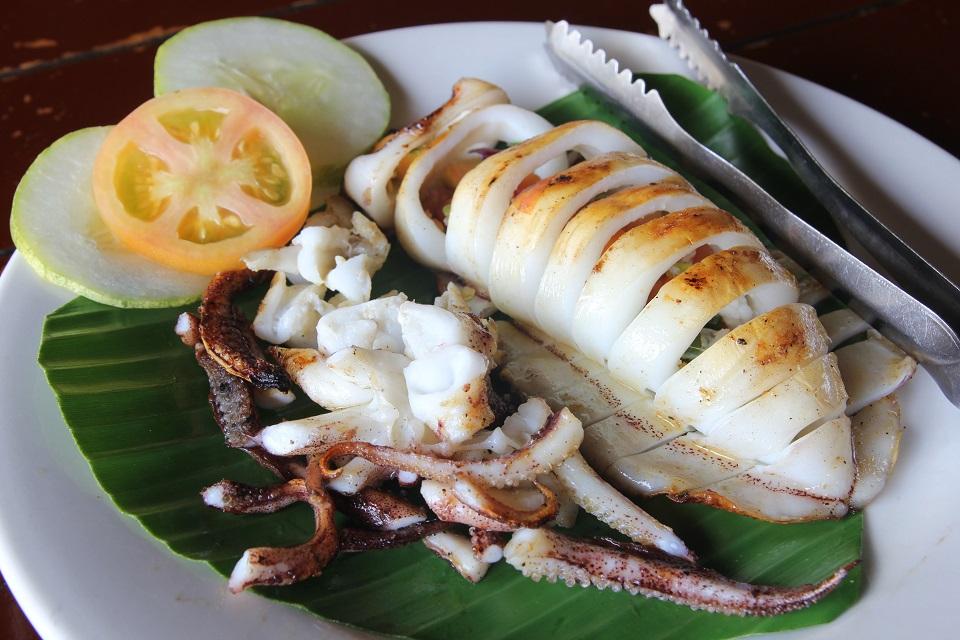
After messaging my mom regarding the canvassed prices, she said not to go through with buying seafood in Roxas City as the prices in Metro Manila are almost the same; so much for bringing a piece, or kilo of Capiz seafood back home. I guess if I wanted to relive the experience of eating the freshest catch from the Sibuyan Sea, I would just have to hop on a plane back to Roxas City. — BM, GMA News



